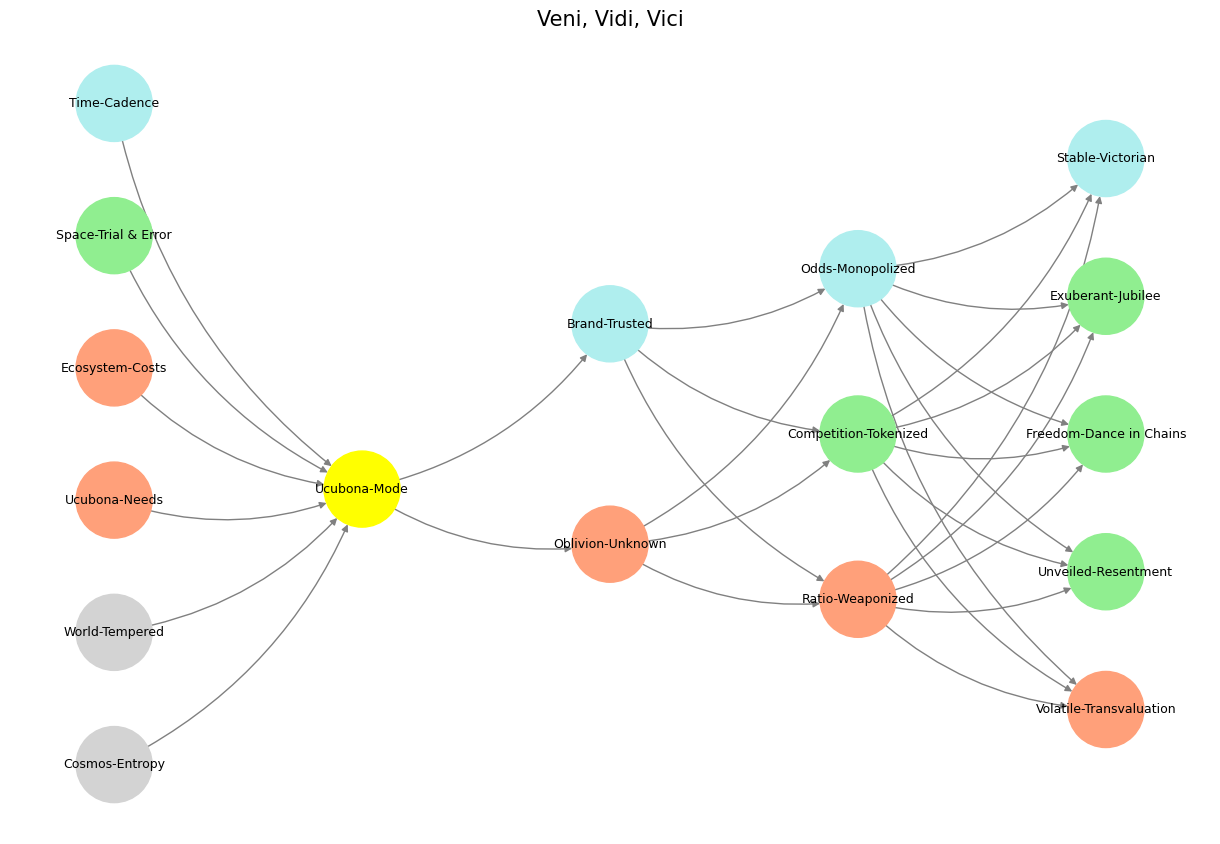Ecosystem#
Framing a chess game as poker introduces a layer of deception, probability, and hidden information into a traditionally deterministic game. Chess is usually seen as a game of complete information, where both players have full visibility of the board, and the primary unknown is the opponent’s thought process. Poker, on the other hand, is a game of incomplete information, where players must infer their opponent’s hand based on limited clues and probability.
Maintained at the cost of extreme mortification
– Somerset
If you want to blend these paradigms, you could introduce elements such as:
Hidden Intentions: Assign probabilities to certain moves rather than assuming pure rationality. Just as a poker player might bluff, a chess player could make moves that suggest an attack on one side of the board while secretly planning something elsewhere.
Game-Theoretic Bluffs: Instead of relying purely on optimal play, introduce psychological feints. A move that appears weak (but isn’t) could induce an overconfident response from the opponent, much like a well-executed poker bluff.
Betting Structures: A thought experiment could involve assigning chip values to moves, where committing to a strong move requires “betting” a larger share of one’s theoretical resources, mirroring poker’s risk-reward calculus.
Meta-Strategies: In a match setting, players could develop “reputations,” just as poker players do. Does an opponent tend to play aggressively in certain situations, or do they favor positional play? Exploiting these tendencies would become central.
The concept of a fork in the road aligns well with this hybrid model. A fork in chess is a direct attack on multiple pieces at once, forcing an opponent into an unpleasant decision. In poker, a fork might correspond to forcing an opponent into a raise-or-fold scenario where neither option is appealing.
As for the deferred resignation offer you mentioned, if it’s metaphorically linked to this idea, it’s a fascinating way to frame a forced decision as a high-stakes poker move. If someone doesn’t respond, they retain their position by default, much like checking in poker. If they explicitly resign, it’s an active choice, akin to folding. But the unknown is whether they’re walking away from a better long-term position or avoiding a slow squeeze—something a chess-poker hybrid strategy could explore further.
What aspects are we most interested in? The game-theoretic implications, the strategic deception, and how this maps onto real-world decision-making?

Fig. 5 Isaiah 2:2-4 is the best quoted & also misunderstood article on the conditions of social harmony. Putnams discomforts with the data tells us that he was surprised by what the UN knew half a century earlier and what our biblical prophet articulated several millenia ago. Putnam published his data set from this study in 2001 and subsequently published the full paper in 2007. Putnam has been criticized for the lag between his initial study and his publication of his article. In 2006, Putnam was quoted in the Financial Times as saying he had delayed publishing the article until he could “develop proposals to compensate for the negative effects of diversity” (quote from John Lloyd of Financial Times). In 2007, writing in City Journal, John Leo questioned whether this suppression of publication was ethical behavior for a scholar, noting that “Academics aren’t supposed to withhold negative data until they can suggest antidotes to their findings.” On the other hand, Putnam did release the data in 2001 and publicized this fact. Source: Wikipedia#
Show code cell source
import numpy as np
import matplotlib.pyplot as plt
import networkx as nx
# Define the neural network fractal
def define_layers():
return {
'World': ['Cosmos-Entropy', 'World-Tempered', 'Ucubona-Needs', 'Ecosystem-Costs', 'Space-Trial & Error', 'Time-Cadence', ], # Veni; 95/5
'Mode': ['Ucubona-Mode'], # Vidi; 80/20
'Agent': ['Oblivion-Unknown', 'Brand-Trusted'], # Vici; Veni; 51/49
'Space': ['Ratio-Weaponized', 'Competition-Tokenized', 'Odds-Monopolized'], # Vidi; 20/80
'Time': ['Volatile-Transvaluation', 'Unveiled-Resentment', 'Freedom-Dance in Chains', 'Exuberant-Jubilee', 'Stable-Victorian'] # Vici; 5/95
}
# Assign colors to nodes
def assign_colors():
color_map = {
'yellow': ['Ucubona-Mode'],
'paleturquoise': ['Time-Cadence', 'Brand-Trusted', 'Odds-Monopolized', 'Stable-Victorian'],
'lightgreen': ['Space-Trial & Error', 'Competition-Tokenized', 'Exuberant-Jubilee', 'Freedom-Dance in Chains', 'Unveiled-Resentment'],
'lightsalmon': [
'Ucubona-Needs', 'Ecosystem-Costs', 'Oblivion-Unknown',
'Ratio-Weaponized', 'Volatile-Transvaluation'
],
}
return {node: color for color, nodes in color_map.items() for node in nodes}
# Calculate positions for nodes
def calculate_positions(layer, x_offset):
y_positions = np.linspace(-len(layer) / 2, len(layer) / 2, len(layer))
return [(x_offset, y) for y in y_positions]
# Create and visualize the neural network graph
def visualize_nn():
layers = define_layers()
colors = assign_colors()
G = nx.DiGraph()
pos = {}
node_colors = []
# Add nodes and assign positions
for i, (layer_name, nodes) in enumerate(layers.items()):
positions = calculate_positions(nodes, x_offset=i * 2)
for node, position in zip(nodes, positions):
G.add_node(node, layer=layer_name)
pos[node] = position
node_colors.append(colors.get(node, 'lightgray'))
# Add edges (automated for consecutive layers)
layer_names = list(layers.keys())
for i in range(len(layer_names) - 1):
source_layer, target_layer = layer_names[i], layer_names[i + 1]
for source in layers[source_layer]:
for target in layers[target_layer]:
G.add_edge(source, target)
# Draw the graph
plt.figure(figsize=(12, 8))
nx.draw(
G, pos, with_labels=True, node_color=node_colors, edge_color='gray',
node_size=3000, font_size=9, connectionstyle="arc3,rad=0.2"
)
plt.title("Veni, Vidi, Vici", fontsize=15)
plt.show()
# Run the visualization
visualize_nn()


Fig. 6 So we have a banking cartel, private ledgers, balancing payments, network of banks, and satisfied customer. The usurper is a public infrastructure, with open ledgers, digital trails, block-chain network, and liberated customer#

